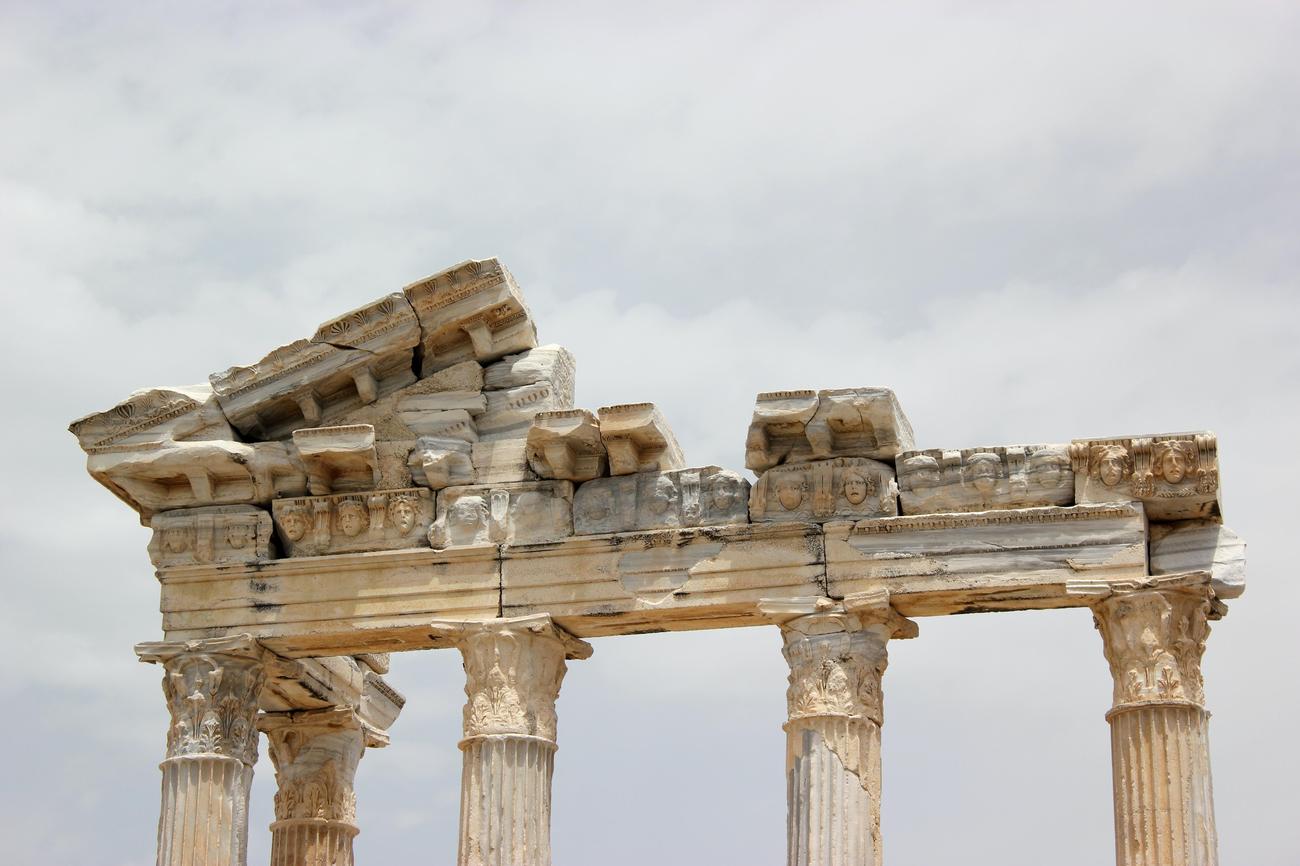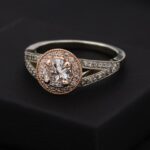In the world of ancient civilizations, wrestling holds a special place in the rich tapestry of ancient Greek culture. Brace yourself for a captivating journey through time as we delve into the realm of ancient Greece and unravel the remarkable facts surrounding this ancient sport. Get ready to be transported to an era where athletic prowess and untamed strength defined the elite. Join me as we explore the awe-inspiring world of wrestling in Ancient Greece – a world brimming with extraordinary stories, legendary figures, and fascinating societal influences.

Ancient Greece Wrestling Facts
In Ancient Greece, wrestling held a prominent place in their society and was known as orthe pale, meaning “upright wrestling.” This captivating sport was the most popular organized sport in Ancient Greece, capturing the attention and fascination of both athletes and spectators. Let’s dive into the remarkable facts about wrestling in Ancient Greece and uncover the intriguing details that have withstood the test of time.
No Rules, No Referees: A Test of Skill and Strength
Unlike modern wrestling, ancient Greek wrestling did not have any rules or referees. It was a raw and unbridled display of skill and strength, where wrestlers utilized their entire bodies to overpower their opponents. It was a true battle of wills, with the objective being to throw the opponent to the ground from a standing position. This lack of rules and regulations added an element of unpredictability and excitement to the matches, making them truly captivating.
“In Ancient Greece, wrestling was a sport that tested the limits of an individual’s physical prowess, with no rules or referees to intervene.”
The Art and Literary Inspiration
Ancient Greek wrestling not only thrived in the sporting arena but also had a significant impact on their art and literature. Wrestling was a popular subject for Greek sculptures, paintings, and literary works. These depictions showcased the strength, athleticism, and raw intensity of the sport, immortalizing the wrestling matches in the annals of history.
“The art and literary works of ancient Greece immortalized the raw intensity and athleticism of wrestling, showcasing its prominence in their culture.”
Not for Sport, but for Self-Defense
While modern wrestling is primarily seen as a sport, ancient Greek wrestling served a different purpose. It was primarily a method of self-defense, equipping individuals with the skills required to protect themselves in times of conflict. Wrestling techniques were vital for warriors and soldiers, giving them the physical advantage needed to overpower their adversaries.
“Ancient Greek wrestling was more than just a sport; it was a crucial method of self-defense, providing individuals with the skills they needed for physical conflict.”
The Birth of Ancient Olympic Games
The ancient Olympic Games held in Greece were a testament to their deep-rooted love for sports and physical prowess. Wrestling occupied a significant place in these games, with upright wrestling being part of the pentathlon event. It was an opportunity for athletes to showcase their wrestling skills on the grandest stage, symbolizing both personal and national pride.
“Upright wrestling in Ancient Greece held a prominent place in the ancient Olympic Games, allowing athletes to display their prowess and represent their nation with pride.”
Notable Figures and their Great Feats
One of the most celebrated ancient Greek wrestlers was Milon of Croton, who achieved remarkable success in the wrestling championship of the Olympic Games. Milon of Croton, a legendary figure in the wrestling world, secured the championship title an astounding six times. His remarkable strength and skill made him an inspiration to aspiring wrestlers and left an indelible mark on the history of ancient Greek wrestling.
“Milon of Croton, with his exceptional strength and skill, remains a legendary figure in ancient Greek wrestling history, capturing the hearts and minds of aspiring wrestlers.”
Ancient Greek Wrestling vs. Modern Wrestling
While ancient Greek wrestling and modern wrestling share commonalities, such as the objective of throwing the opponent, there are significant differences between the two. Ancient Greek wrestlers often fought without any clothing, showcasing the true essence of the sport. In contrast, modern wrestlers wear uniforms, emphasizing rules and structure. Additionally, modern wrestling has a rule-based system with referees overseeing matches, ensuring fair play and safety.
“Comparing ancient Greek wrestling with its modern counterpart reveals the evolution of the sport, showcasing the influence of culture and changing norms over time.”
In conclusion, wrestling in Ancient Greece captivated the hearts and minds of the Greeks, establishing itself as a prominent sport in their society. With its lack of rules, its influence on art and literature, and its significance in the ancient Olympic Games, wrestling left an enduring legacy. The remarkable feats of ancient Greek wrestlers, such as Milon of Croton, further immortalized wrestling in the annals of history. Their stories and the culture surrounding the sport serve as a testament to the enduring power of ancient Greek wrestling.
“Wrestling in Ancient Greece reveals a captivating world of raw physical prowess, cultural significance, and legendary figures, leaving an indelible imprint on the pages of history.”
Wrestling in ancient Greece was a formidable and revered sport, known for its intense physicality and profound cultural significance. The origins of this ancient sport can be traced back to as early as the 13th century BCE, with evidence of its practice found in ancient Greek art and literature. Greek wrestling, also known as “pale,” involved the competitors engaging in grueling bouts of hand-to-hand combat, utilizing techniques such as throws, holds, and pins to gain victory. It was not only a test of physical strength and skill but also a means of honoring the gods and showcasing athletic prowess.
If you’re curious to learn more about the fascinating facts surrounding wrestling in ancient Greece, click here for a comprehensive exploration of the subject. Discover the historical context, the rules and regulations that governed the sport, and the cultural significance it held in ancient Greek society. Uncover the stories of legendary wrestlers who left a lasting impact on the sport, and delve into the philosophy and mythology that influenced their training and mindset. Get ready to be transported to a world where wrestling was not just a sport but a way of life.
Click here to explore intriguing facts about wrestling in ancient Greece
FAQ
Question 1
What was Greek wrestling called in Ancient Greece?
Answer 1
Greek wrestling was known as orthe pale (“upright (or erect) wrestling”).
Question 2
Which sport was the most popular organized sport in Ancient Greece?
Answer 2
Wrestling was the most popular organized sport in Ancient Greece.
Question 3
What were the scoring criteria in Ancient Greek wrestling?
Answer 3
In Ancient Greek wrestling, a point was scored when one player touched the ground with his back, hip or shoulder, or conceded defeat due to a submission-hold or being forced out of the wrestling area. Three points were needed to win the match.
Question 4
How did Ancient Greek wrestling differ from modern wrestling in terms of rules and referees?
Answer 4
Ancient Greek wrestling did not have any rules or referees, while modern wrestling does.
Question 5
How did Ancient Greek wrestlers dress compared to modern wrestlers?
Answer 5
Ancient Greek wrestlers often fought without any clothing, while modern wrestlers usually wear uniforms.















